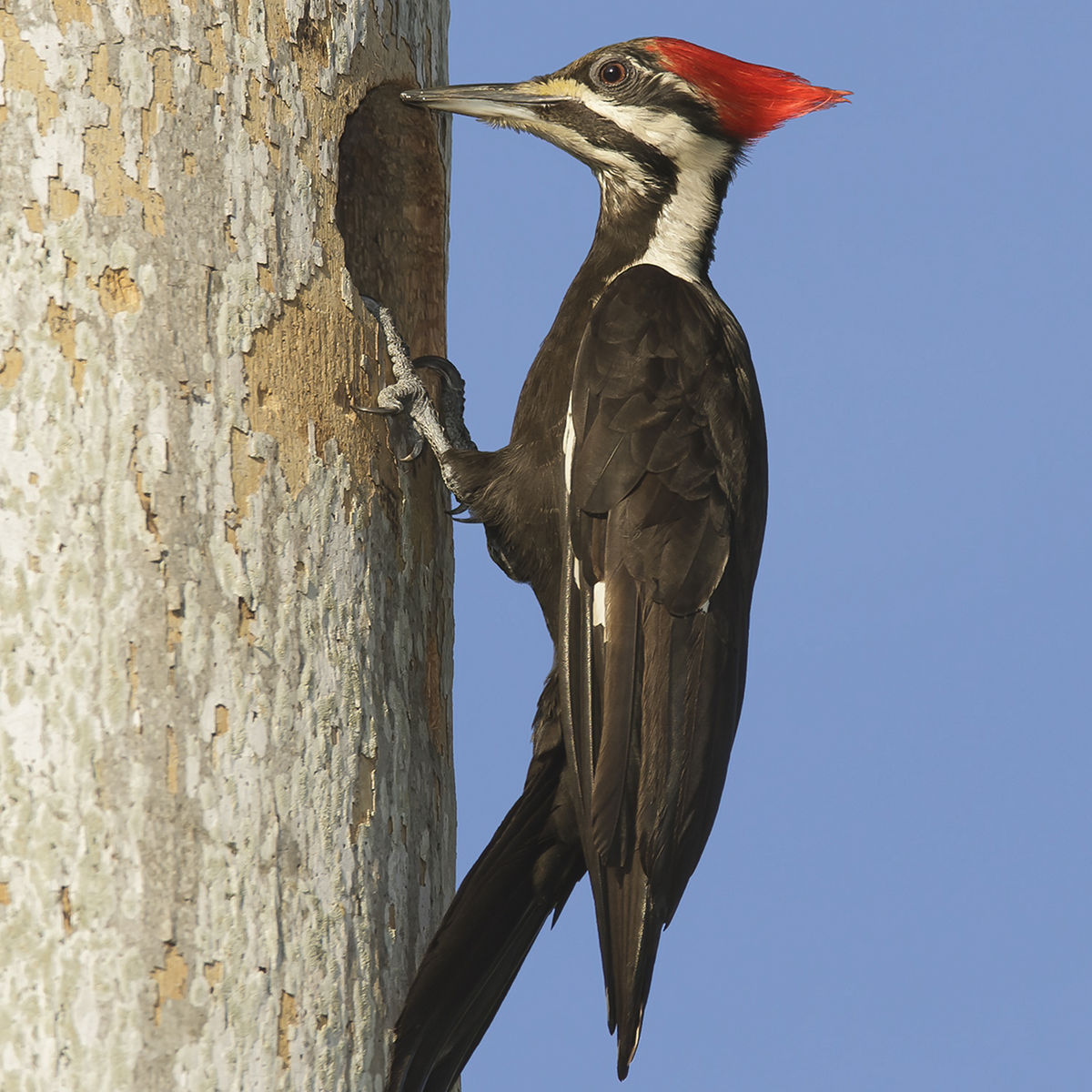Checking Out Woodpeckers in Florida Habitats: Where to Spot These Birds
Checking Out Woodpeckers in Florida Habitats: Where to Spot These Birds
Blog Article
Discover the Interesting World of Woodpeckers: Everything You Need to Know
The world of woodpeckers is a world loaded with special habits, intricate adjustments, and a varied range of species. From their habitats and distribution patterns to their feeding practices and specialized anatomical functions, woodpeckers have actually long astounded the interest of ornithologists and nature lovers alike. Comprehending the ins and outs of these remarkable birds offers a glimpse right into the complicated interplay in between their biology and the environment. As we explore the globe of woodpeckers better, we discover a riches of info that sheds light on their importance in communities and the challenges they face in an ever-changing globe.
Woodpecker Habitats and Distribution
In North America, for example, woodpeckers can be spotted in both coniferous and deciduous forests, using their solid beaks to forage for bugs and produce nesting cavities in trees. In Africa, particular woodpecker types have actually adjusted to arid environments, such as the acacia forests, where they play a crucial function in controlling insect populations.

Feeding Behaviors and Diet
Amongst the numerous facets of their behavior, woodpeckers show unique feeding behaviors and nutritional preferences. These birds are largely insectivores, with a diet regimen that includes ants, beetles, caterpillars, and various other bugs located in trees. Woodpeckers use their strong beaks to pierce into the bark of trees, probing for pests and larvae hidden underneath the surface. Along with pests, woodpeckers additionally consume nuts, seeds, fruits, and sap. Some varieties have actually specialized tongues with barbed ideas that aid them extract bugs from crevices in timber.
Woodpeckers are known for their drumming actions, which offers not only to connect with various other woodpeckers but additionally to locate food. The fast drumming sound is created by the bird pecking on powerful surface areas like dead trees or metal poles. This behavior can bring in insects concealed in the wood, permitting the woodpecker to spot their visibility and eat them.
Distinct Adjustments for Tree Climbing
In their adept search of insects concealed within tree bark, woodpeckers have actually developed amazing anatomical features that furnish them with one-of-a-kind adjustments for effective tree climbing. One of the vital adaptations is their zygodactyl feet, with 2 toes pointing forward and two aiming in useful content reverse, supplying a solid hold on tree trunks. This specialized foot plan allows woodpeckers to cling to vertical surfaces easily, enabling them to relocate up and down trees with dexterity. In addition, woodpeckers have rigid tail feathers that function as a supportive prop while they climb up, aiding in equilibrium and stability. Their solid, chisel-like beaks are not only utilized for boring into wood but additionally for clutching onto bark as they ascend tree trunks. Furthermore, woodpeckers have strong neck muscles and a distinct skull framework that soak up the influence of continuous pecking, permitting them to climb vertically without creating injury to their brains. These adaptations display the extraordinary transformative layout that enables woodpeckers to navigate trees with accuracy and efficiency.
Diverse Woodpecker Species Worldwide
With over 200 different species spread across various habitats worldwide, the family members of Picidae includes an exceptional variety of woodpeckers. These birds can be discovered in forests, forests, savannas, and also urban areas, showcasing their flexibility to different environments. From the famous Northern Flicker in The United States And copyright to the colorful and elusive Crimson-backed Flameback in Asia, each woodpecker varieties shows one-of-a-kind qualities in terms of quill, actions, and environment choice.
Woodpeckers differ significantly in size, with the diminutive Downy Woodpecker gauging around 6-7 inches in size, while the powerful Lineated Woodpecker can rise to 17 inches - Woodpeckers in Florida. Their beaks additionally can be found in different forms and dimensions, showing their feeding behaviors. Some varieties concentrate on extracting insects from tree bark, like the Acorn Woodpecker, while others, such as the Black-cheeked Woodpecker, eat fruits and seeds

Conservation Efforts and Obstacles
Conservation initiatives for woodpecker populaces are important in alleviating the effect of habitat loss and various other hazards dealing with these varied bird species. Woodpeckers encounter numerous obstacles to their survival, mainly this article because of deforestation, urbanization, environment change, and invasive species. To resolve these problems, conservation initiatives focus on shielding and recovering woodpecker habitats, implementing sustainable forestry practices, and elevating understanding about the importance of these birds in ecological communities.
One considerable obstacle in woodpecker conservation is the fragmentation of their habitats, leading to isolated populations that are more vulnerable to termination - Woodpeckers in Florida. Preservationists work to create wildlife corridors and shielded areas that attach these fragmented habitats, permitting our website woodpeckers to move in between various areas for feeding, breeding, and shelter

Conclusion
In final thought, woodpeckers are interesting birds with one-of-a-kind adaptations for tree climbing and feeding behaviors. Further study and conservation activities are needed to guarantee the survival of woodpeckers in the wild.
Report this page